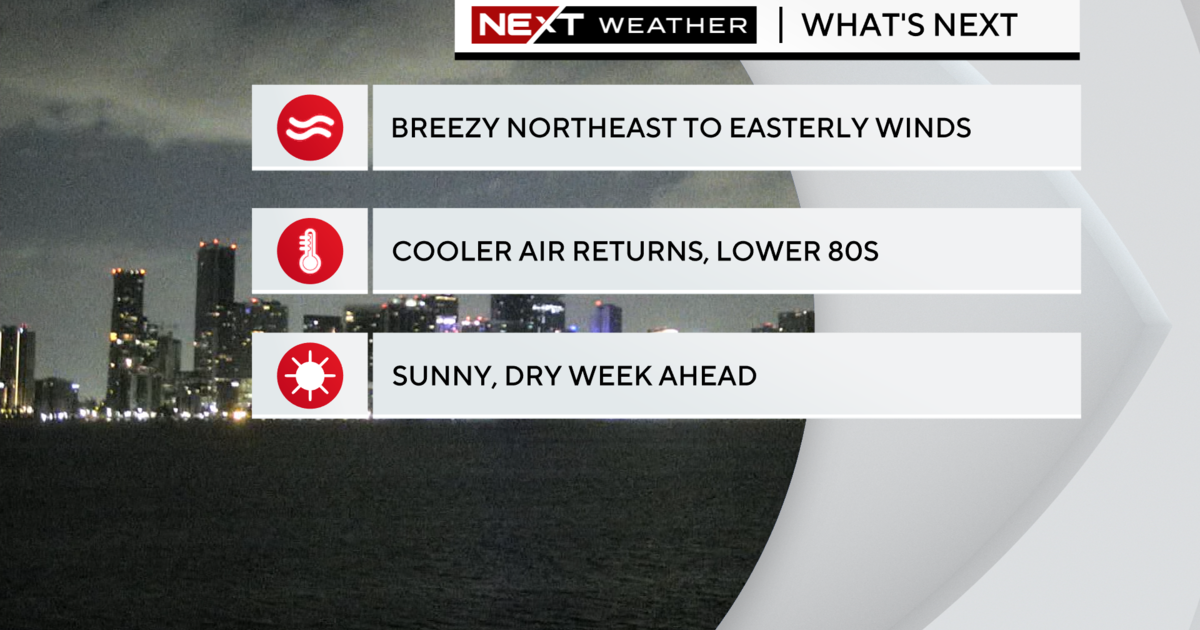As Temperatures Cool Down For Fall, Rodents Look For Shelter
With Fall in full swing and temperatures beginning to dip, rodents begin looking for the three things they need to thrive: food, water and harborage. Rats are active mostly at night. They have poor eyesight, but they make up for this with their keen senses of hearing, smell, taste, and touch. Rats constantly explore and learn, memorizing the locations of pathways, obstacles, food and water, shelter, and features of their environment. They quickly detect and tend to avoid new objects and novel foods. Thus, they often avoid traps and baits for several days or more following their initial placement.
Rats have oversized front teeth for gnawing and check teeth, which are adapted for chewing. Rodents chew on a variety of items available to them and cause great damage in and around homes. Rats will eat just about anything, but they prefer grains, meats and some fruits. Rats will eat about 10 percent of their body weight every day.
Rats generally live about a year, but can live much longer in ideal conditions. They eat and contaminate food, damage structures and property, and transmit parasites and diseases to other animals and humans.
One of the most common rats in the United States, the Norway rat is extremely adaptive and does well in a variety of human habitats including densely populated cities. Norway rats (also called brown or sewer rats) are large, burrowing rodents. Norway rats can undermine building foundations and slabs with their burrowing activities. They can gnaw on all types of materials, including soft metals such as copper and lead, as well as plastic and wood. They require water to drink, and place their colony as close to a water source as possible. They have limited agility, but are excellent swimmers.
In addition, Roof rats, also known as black rats, are generally smaller, sleeker, and slightly slimmer than Norway rats. Roof rats typically have light black to brown fur on their bodies with lighter underbellies. As their name indicates, roof rats prefer to nest high above the ground in trees, tall overgrown shrubs, or dense vegetation such as ivy. They often can be seen at night running along overhead utility lines or fence tops. These rats move faster than Norway rats, have an excellent sense of balance, and are very agile climbers. They often access homes by running along tree branches, cables or wires. They are typically found in attics, walls, false ceilings, and cabinets. Roof rats can cause considerable structural damage in homes with their gnawing and nest-building activities as they chew on wood and wires. Roof rats are especially fond of avocados and citrus, and they often eat fruit that is still on the tree.
Meanwhile, the house mouse thrives under a variety of conditions in and around homes. Mice are usually brown or light grey in color, with lighter underbellies but different species can be lighter or darker. Once inside mice make their homes in quiet spaces out of spare materials, such as string and insulation. Indoors their diet consists of any spare food, consuming food meant for humans or pets, but in nature they typically eat grains, nuts, seeds, and sweets. Mice have keen senses of taste, hearing, smell and touch. They are excellent climbers and can run up any rough vertical surface. They contaminate food-preparation surfaces with their feces, which can contain the bacterium that causes food poisoning (salmonellosis). Their constant gnawing causes damage to structures and property.
Rodents tend to multiply swiftly, and infestations may be extremely difficult to exterminate. Some species breed year-round, and populations are maintained through constant reproduction. Rats eat and contaminate foodstuffs and animal feed. They also damage containers and packaging materials in which foods and feed are stored. Several different types of rat species cause problems by gnawing on electrical wires and structural wood such as doors, ledges, and corners. They also tear up insulation in walls and ceilings for nesting.
Infestations in or surrounding a home can prove extremely destructive. Different species are known for different nesting and feeding behaviors, but infestations cause damage to gardens and yards, as well as to the home and the contents. For this reason, it is best to be consistently on the lookout for signs of rodent presence. These include:
- Rat droppings, especially around human or pet food or in or around trash areas;
- Noises in the dark, such as scratching sounds from the attic;
- Nests or piled nesting materials in hidden areas such as behind boxes or in drawers in the garage or near a firewood stack;
- Evidence of gnawing of wires or structural wood;
- Burrows around the yard particularly among plants or damaged vegetables; beneath the garbage can; under the home or outbuildings; or gnawed fruits in trees; and
- Smudge marks caused by the rats rubbing their fur against beams, rafters, pipes, and walls.
Truly Nolen offers a complete rodent control solution using sanitation measures, rodent proofing (exclusion), and population reduction (trapping). You can call 1-800-GO-TRULY for more information or if you would like to schedule a FREE pest inspection.
Above content provided by Truly Nolen.



